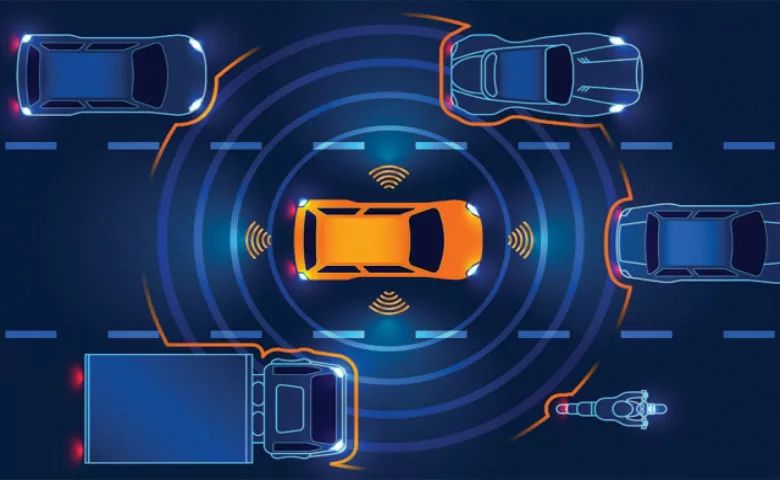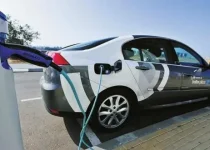What are some common safety features found in electric vehicles?

Electric vehicles (EVs) are designed with several safety features to protect drivers, passengers, and pedestrians. Some common safety features found in electric vehicles include:
- Airbags: Front, side, and curtain airbags provide protection in the event of a collision.
- Electronic Stability Control (ESC): This system helps to maintain vehicle stability by applying selective braking and reducing engine power when it detects a loss of traction.
- Anti-lock Braking System (ABS): ABS helps prevent wheel lock-up during hard braking, allowing the driver to maintain steering control.
- Traction Control System (TCS): TCS helps prevent wheel spin during acceleration, providing better traction and control.
- Regenerative Braking: This feature allows EVs to recapture energy during deceleration, which not only improves efficiency but also provides smoother braking.
- Battery Management System (BMS): The BMS monitors the battery’s temperature, voltage, and state of charge to optimize performance and prevent overheating or overcharging.
- Thermal Management System: This system helps regulate the temperature of the battery pack, power electronics, and electric motor, improving safety and performance.
- Collision Avoidance Systems: Advanced Driver Assistance Systems (ADAS) like adaptive cruise control, lane departure warning, blind-spot monitoring, and automatic emergency braking help prevent collisions.
- Pedestrian Detection: Some EVs come with pedestrian detection systems that use cameras, radar, or lidar to identify pedestrians and issue warnings or apply the brakes if necessary.
- Automatic Crash Notification: In the event of a collision, some EVs can automatically contact emergency services and provide the vehicle’s location.
- High-strength body structure: Modern EVs are designed with high-strength steel and aluminum components to improve crash protection and reduce the overall weight of the vehicle.
- Post-crash battery safety: EVs have mechanisms to isolate the high-voltage battery system and cut off electrical connections in the event of a collision, reducing the risk of electrical hazards.
These safety features are not exclusive to electric vehicles, as many are also found in conventional internal combustion engine vehicles. However, the unique aspects of EVs, such as battery management and thermal management systems, are tailored specifically for their electric powertrains.


